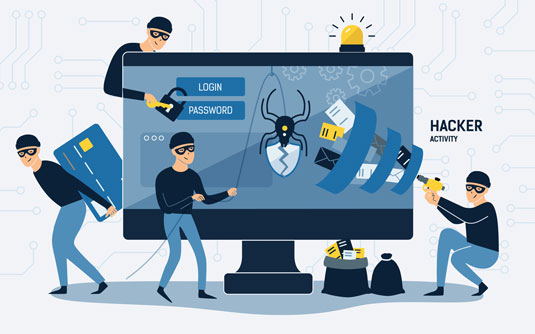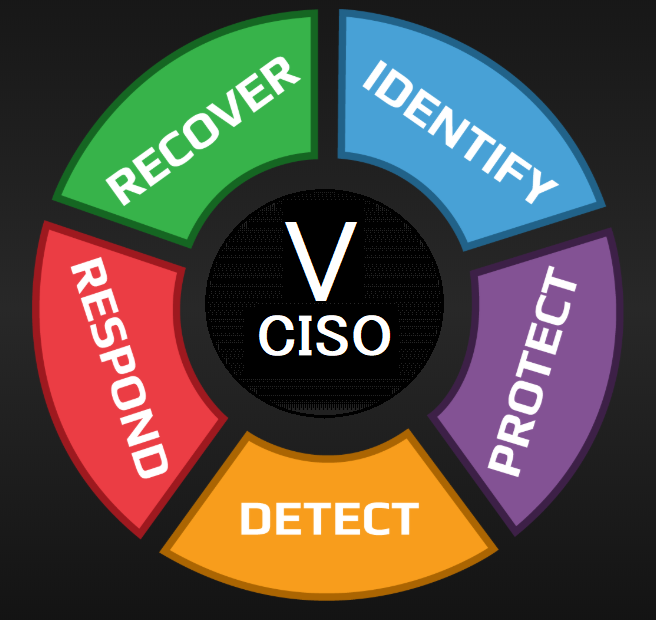
1. Vineyard and Wineries are increasingly at Risk
Many winery owners and executives—particularly those operating small to mid-sized, family-run estates—underestimate their exposure to cyber threats. Yet with the rise of direct-to-consumer channels like POS systems, wine clubs, and ecommerce platforms, these businesses now collect and store sensitive customer and employee data, including payment details, birthdates, and Social Security numbers. This makes them attractive targets for cybercriminals.
The Emerging Threat of Cyber-Physical Attacks
Wineries increasingly rely on automated production systems and IoT sensors to manage fermentation, temperature control, and chemical dosing. These digital tools can be manipulated by hackers to:
- Disrupt production by altering temperature or chemical settings.
- Spoil inventory through false sensor data or remote tampering.
- Undermine trust by threatening product safety and quality.
A Cautionary Tale
While there are no public reports of terrorist attacks on the wine industry’s supply chain, the 1985 Austrian wine scandal is a stark reminder of what can happen when integrity is compromised. In that case, wine was adulterated with antifreeze (diethylene glycol) to manipulate taste—resulting in global recalls, destroyed reputations, and public health risks.
The lesson is clear: cyber and physical safety in the winery business are now deeply intertwined.
2. Why Vineyards and Wineries Are at Risk
- High-value data: Personal and financial details stored in club databases or POS systems can be exploited and sold on the dark web.
- Legacy systems & limited expertise: Many wineries rely on outdated IT infrastructure and lack in-house cybersecurity staff.
- Regulatory complexity: Compliance with data privacy regulations like CCPA/CPRA adds to the burden, and gaps can lead to penalties.
- Charming targets: Boutique and estate brands, which often emphasize hospitality and trust, can be unexpectedly appealing to attackers seeking vulnerable entry points.
3. Why It Matters
- Reputation risk: A breach can shatter consumer trust—especially among affluent wine club customers who expect discretion and reliability.
- Financial & legal exposure: Incidents may invite steep fines, ransomware costs, and lawsuits under privacy laws.
- Operational disruption: Outages or ransomware can cripple point-of-sale and club systems, causing revenue loss and logistical headaches.
- Competitive advantage: Secure operations can boost customer confidence, support audit and M&A readiness, and unlock better insurance or investor opportunities.
4. What You Can Do About It
- Risk & compliance assessment: Discover vulnerabilities in systems, Wi‑Fi, and employee habits. Score your risk with a 10-page report for stakeholders.
- Privacy compliance support: Navigate CCPA/CPRA (and PCI/GDPR as needed) to keep your winery legally sound.
- Defense against phishing & ransomware: Conduct employee training, simulations, and implement defenses.
- Security maturity roadmap: Prioritize improvements—like endpoint protection, firewalls, 2FA setups—and phase them according to your brand and budget.
- Fractional vCISO support: Access quarterly executive consultations to align compliance and tech strategy without hiring full-time experts.
- Optional services: Pen testing, PCI-DSS support, vendor reviews, and business continuity planning for deeper security.
DISC WinerySecure™ offers a tailored roadmap to safeguard your winery:
You don’t need to face this alone. We offer Free checklist + consultation.
DISC InfoSec
Virtual CISO | Wine Industry Security & Compliance
Info@deurainfosec.com | https://www.deurainfosec.com/ | (707) 998-5164 | Contact us
Investing in a proactive security strategy isn’t just about avoiding threats—it’s about protecting your brand, securing compliance, and empowering growth. Contact DISC WinerySecure™ today for a free consultation.
In addition to winery protection, DISC specializes in securing data during mergers and acquisitions.
DISC WinerySecure™: Cybersecurity & Compliance Services for California Wineries
InfoSec services | InfoSec books | Follow our blog | DISC llc is listed on The vCISO Directory | ISO 27k Chat bot | Comprehensive vCISO Services | ISMS Services | Security Risk Assessment Services | Mergers and Acquisition Security
Next Steps: Let us prepare a customized scorecard or walk you through a free 15-minute discovery call.
Contact: info@discinfosec.com | www.discinfosec.com

































